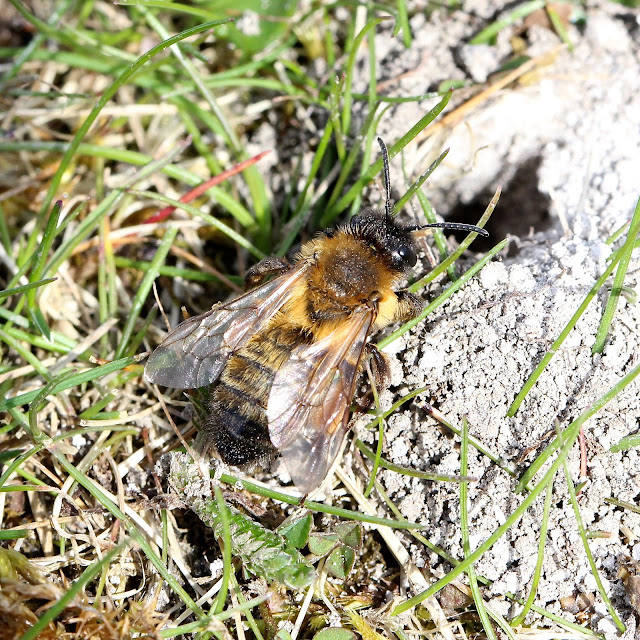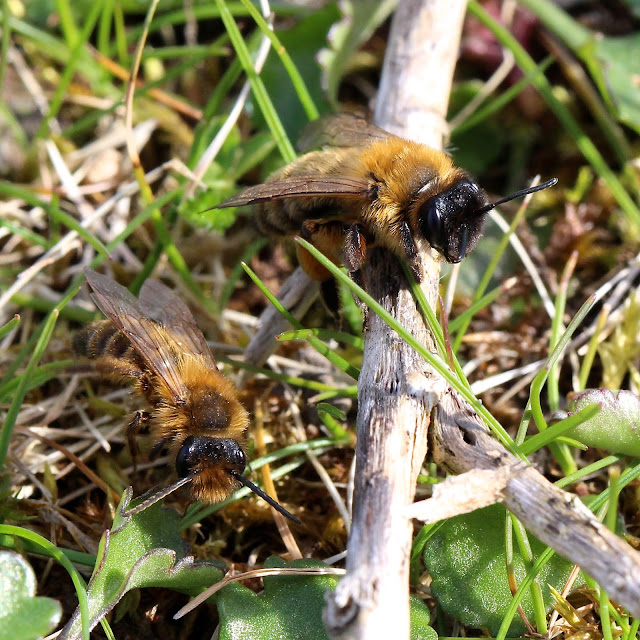The snipe (Gallinago gallinago) is a shy bird and is not often seen on the ground. At this time of year it is performing its territorial display, flying fast across the sky and diving with its side tail feathers stuck out to produce a low-pitched throbbing sound known as drumming - some people think it sounds like a goat bleating. Here is a pencil sketch of a snipe drumming by the famous Scottish artist Archibald Thorburn (1860-1935).
Snipes are not common and their numbers declined dramatically between 1975 and 1995, mainly due to loss of habitat.
The breeding population is mostly confined to upland and wetland areas.
This is boosted by a larger number of winter visitors.
The snipe is a blackbird-sized wader and was (and is) hunted for sport. A "snipe hunt" is a fool's errand or imposed wild goose chase. Because they are small and secretive and fly at high speed snipes are challenging targets for marksmen, which how we got the term "sniper" for a sharpshooter shooting from cover. This is Thomas Bewick's snipe shooter.
Bewick also called the common snipe "the snite" and "the heather-bleater". He wrote in A History of British Birds in 1797 "... when undisturbed, the Snipe walks leisurely, with its head erect, and at short intervals keeps moving the tail. But in this state of tranquility it is very rarely to be seen, as it is extremely watchful, and perceives the sportsman or his dog at a great distance, and instantly conceals itself among the variegated withered herbage, so similar in appearance to its own plumage, that it is almost impossible to discover it while squatted motionless in its seat: it seldom, however, waits the near approach of any person, particularly in open weather, but commonly springs, and takes flight at a distance beyond the gun. When first disturbed, it utters a kind of feeble whistle, and generally flies against the wind, turning nimbly in a zigzag direction for two or three hundred paces, and sometimes soaring out of sight; its note is then something like the bleating of a goat, but this is changed to a singular humming or drumming noise, uttered in its descent.*
From its vigilance and manner of flying, it is one of the most difficult birds to shoot. Some sportsmen can imitate their cries, and by that means draw them within reach of their shot; others,of a less honourable description, prefer the more certain and less laborious method of catching them in the night by a springe like that which is used for the Woodcock.".
* From this comment I presume Bewick thought the drumming was a call rather than a non-vocal sound.
He also wrote "The Snipe is a very fat bird, but its fat does not cloy, and very rarely disagrees with even the weakest stomach. It is much esteemed as a delicious and well flavoured dish, and is cooked in the same manner as the Woodcock".


























































